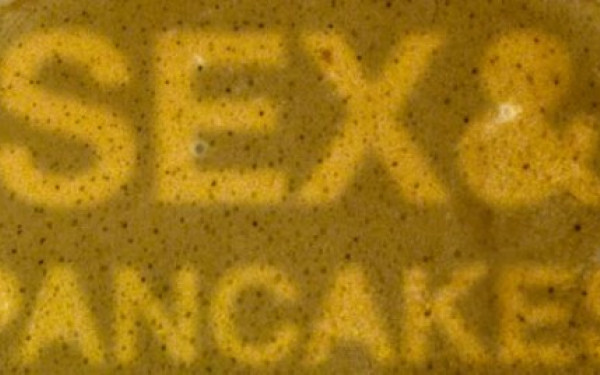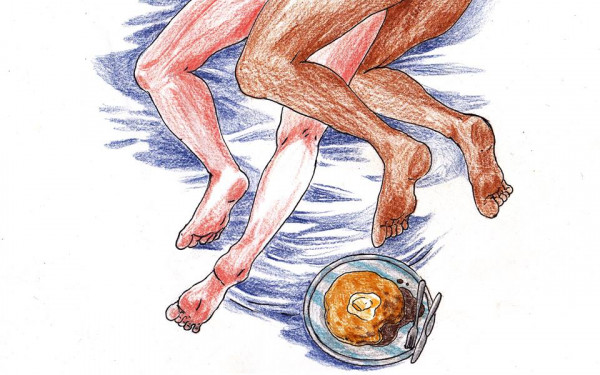Do You Even Kegel?
Like many women my age, I grew up on an unhealthy-but-steady diet of Cosmo magazines filled with articles like “How to Please Your Man” and “The Sex Positions that Will Blow His Mind.”
So the first time I heard of kegels, they were presented as this magical trick used to surprise any man with my incredibly tight love muscles! I was only thirteen (and didn’t have a man) but Cosmo was the Bible, so I took it very seriously.
Years later I learned that the “love muscle” isn’t some magical hidden secret; it’s the pubococcygeus (PC) muscle, and everyone has one! I also learned that, in addition to being great for sex, strengthening the PC muscle also contributes to overall pelvic health.
The PC muscle stretches from the pubic bone to the coccyx and supports the pelvic organs. Among other things, kegels can help with urinary incontinence, childbirth (the more you stretch, the less you tear), pelvic and anal prolapse, premature ejaculation and erectile dysfunction. Some of these might sound like distant problems but they become quite common as we age, so it’s good to start on them early.
Oh, and of course kegels can be awesome for sex! They can improve orgasm control, making it easier to either have or delay orgasms (depending on what you want). They can also lead to a stronger vaginal grip when contracting and longer, more intense orgasms for everyone. Some people can even kegel their way to an orgasm, because the contractions can feel really good.
To start, you need to identify your PC muscle and recognize a contraction. Next time you’re peeing, stop the flow midstream. The muscle you contract to do this is your PC muscle. Try to do this without contracting your stomach or thigh muscles in order to isolate the PC muscle.
If you have a vagina, you can do your kegels standing or laying down. Squeeze your PC muscle for three seconds, then release and relax the muscle for three more seconds. Don’t hold your breath during the contractions and try to breathe deeply. Repeat this 10 times in a row, always squeezing and relaxing for the same amount of time to give the muscle a break.
Repeat three times throughout the day for a total of three days per week. It’s always good to start easy, see how your body will react, and then add or remove reps depending on what feels right for you and how much you progress. Remember that the PC muscle is exactly that—a muscle. You need to work it out regularly to see results, and it’s best to start slow and go at your own pace to avoid injury.
If you have a penis it can be a little more difficult to identify if you’re successfully targeting the PC muscle. It’s recommended to start doing kegels with an erection and follow the same plan as the one outlined above. With each contraction the penis should rise slightly and then lower when relaxed. Once you’ve properly identified the muscle to contract you should eventually be able to do your kegels without an erection.
Now that you have the basics on kegels you’re well equipped to start on that PC muscle. There are also fun tools available to help with these exercises like luna beads and vaginal exercisers, but really all you need is yourself!
Submit your question anonymously at sex-pancakes.com and check out “Sex & Pancakes” on Facebook.
Got a quick health question? Just need a resource? Text “SextEd” to 514-700-0445 for a confidential answer within 24 hours!


_600_832_s.png)



